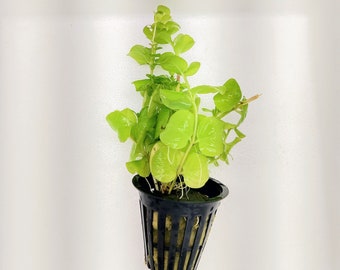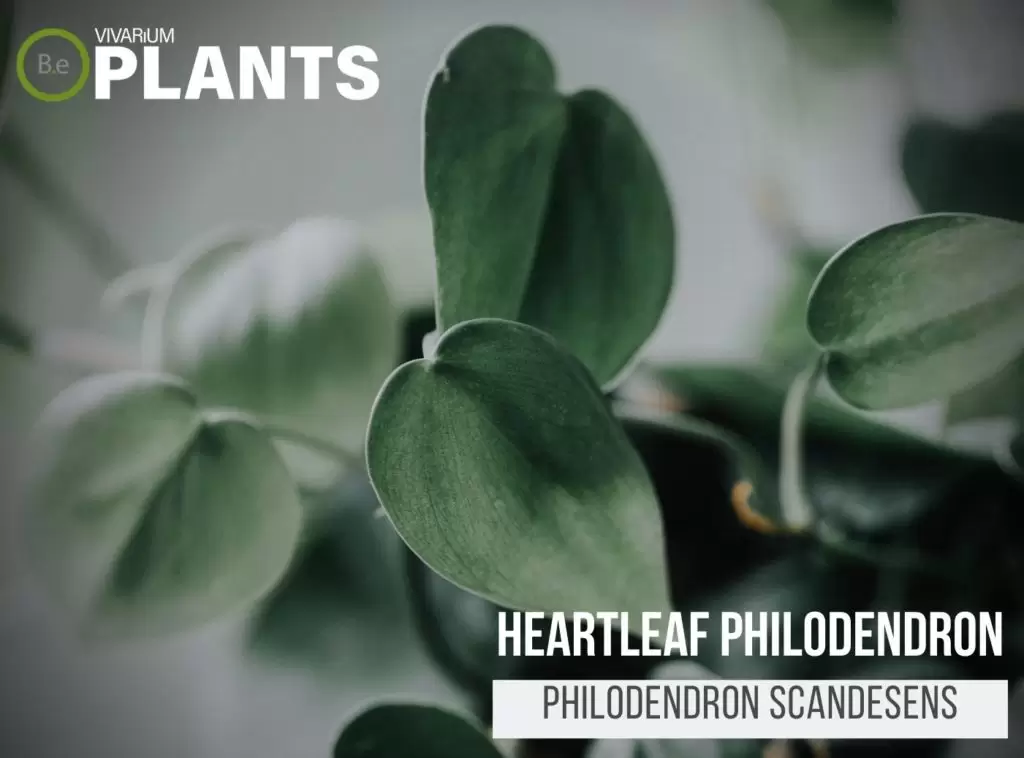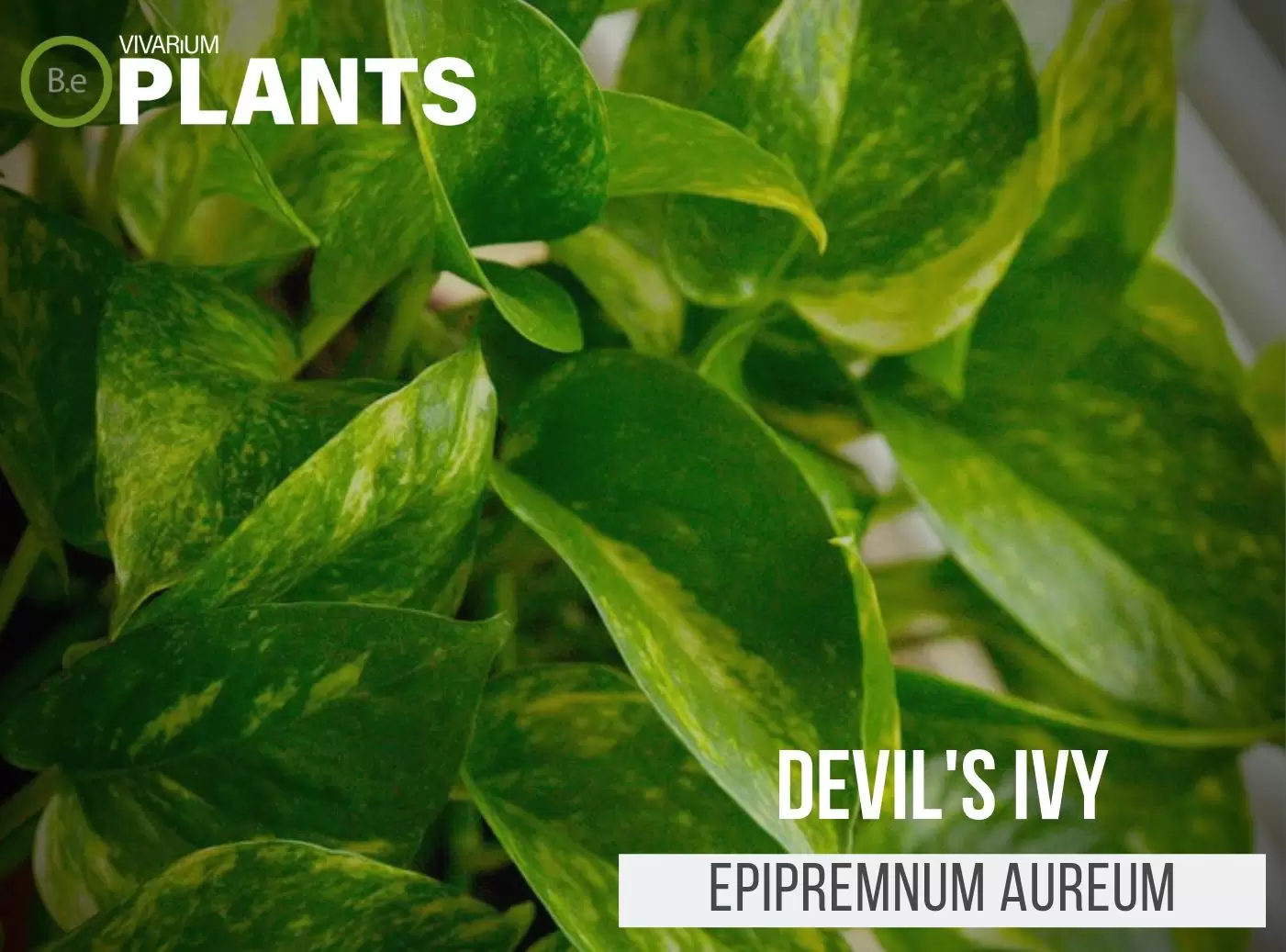Lysimachia nummularia, commonly known as Creeping Jenny, is a beautiful and low-maintenance plant native to Europe and is often used in terrariums, aquariums, and other vivariums.
This adaptable species has even been known to survive in a shallow body of water!
This long-reaching vine plant is a popular choice among beginner enthusiasts, due to its easy upkeep and low-light requirements.
| Quick Stats: | |
|---|---|
| Scientific Name | Lysimachia nummularia |
| Common Name | Creeping jenny, Gold moneywort, Moneyflower, Creeping Jenny, Creeping Pennywort |
| Family Name | Primulaceae |
| Habitat | Moist riverbanks, wet ditches, and wetland meadows |
| Temperature | 60°F to 85°F |
| Height | 1-2 inches |
| pH | 5.5 to 7.0 |
| Lighting | Bright |
What Is Creeping Jenny?
Lysimachia nummularia, more commonly referred to as Creeping Jenny, is a perennial herbaceous plant and is known for its durability and easy maintenance.
The leaves, which grow to an average of 1-2 inches in length, are heart-shaped and bright green in color.
This plant produces small yellow flowers from its trailing stems.


Creeping Jenny Facts
This adaptable species is found in various habitats throughout Europe.
The Latin term “nomularia” was chosen by Carl Linnaeus because of the coin-shaped shapes of the leaves of the plant.
This plant is also related to Primula, which means “primrose” in Latin.
In many countries, these plants have been used for medicinal purposes to treat various ailments.
Description
This low-lying vivarium plant is distinguished by its bright green leaves and trailing stems.
Its heart-shaped leaves grow to an average of 1-2 inches long and have a dotted texture on the top side.
The flowers are small and yellow and appear on thin stems during the summer months.
This plant can spread up to five feet in length and is an ideal ground cover for the base of a vivarium.
Habitat
This resilient species is native to Europe, but it has been naturalized in other countries.
It can be found in wetland meadows, wet ditches, and near streams.
It prefers wet, shady areas that receive a moderate amount of sunlight.
The colder temperature and drier soils of central Europe rarely hinder the growth of this resilient species.
PH Preference
Creeping Jenny can survive in a wide range of pH levels, although it prefers slightly acidic environments with pH levels ranging from 5.5 to 7.0.
This adapted species can survive extreme conditions, allowing it to be used in various vivariums and aquariums.
Vivarium Type
Creeping Jenny is quite an easy-going species.
With that in mind, it will not be too complicated when it comes to the type of enclosure it is grown in.
The best piece of advice that can be given, is to try and replicate the plant’s natural habitat as much as possible.
Doing so will make it easier to provide the vine with the basic needs it will require to thrive.
The proper setup and theme of the enclosure will make a big difference to the overall look and health of the plant.
Be sure to go with setups that are moist and high in humidity.
Here are recommended vivariums that it will do well in:
- Paludariums – Half aquatic/ half terrain-based enclosure.
- Terrariums – Fully terrain-based enclosures with little to no aquatic features.
Vivarium Placement
Creeping Jenny can be placed anywhere in the vivarium, although it does best when it is used to add texture to the base, filling the gaps and providing an anchor for the background plants.
It is also an ideal species for an open-top vivarium because it can cascade over the sides and hang.
Substrate
Like most ground coverings, this plant prefers a moist, well-aerated substrate to take root.
The added organic matter like vermicompost helps to improve drainage while retaining some of the moisture that this plant needs to thrive.
A nutrient-rich terrarium substrate will also provide the necessary minerals for growth.
Lighting
This species thrives on bright, indirect light, including shaded areas and artificial terrarium lighting.
Midday sunlight is better avoided as it may result in burning. Light levels also vary with different types of vivariums.
For example, aquariums require higher light levels than land-based enclosures.
Buy Creeping Jenny
When it comes to buying Lysimachia nummularia, there are a few things to keep in mind.
Making sure that the plant being bought is healthy is essential for its success in a vivarium.
Vegetation that is already in poor conditions, will have a very hard time adjusting to new environments.
Always make sure to buy from a reliable and honest establishment.
Whether it is an online store or a physical location should not matter.
However, online stores might need to be researched a little bit harder to make sure that they are legitimate and are sending the correct plants.
In addition, always check the foliage closely for yellowing, wilting, black spots, or any signs of damage.
Pay close attention and look for any pests or fungal diseases. Inspect both sides of the leaves to avoid missing any red flags.
Click the image below to find out more about the current price and other relative info about this plant:


Creeping Jenny Care and Propagation
Creeping Jenny is a very hardy species that does not require a lot of care or maintenance.
This plant is propagated by either dividing a mature clump of the plant into separate sections or taking stem cuttings from new growth.
The best time to propagate this plant is during the spring and early summer months.
How to grow
This adaptable species is easy to grow and can even survive in shallow water.
Propagation is easy, as cutting the stems can be easier than dividing the mature clumps, although slower growth will result from cuttings.
Once the roots are established, this species will quickly spread across the vivarium floor.
Watering
Creeping Jenny is a moisture-loving species and should be watered when the soil is dry to the touch.
This species will require more water in dry climates, while less water is needed in wet conditions.
It is important to check the soil moisture before watering, as this species is especially sensitive to overwatering.
Plants Similar To Creeping Jenny
Adding diversity to an enclosure is key to an aesthetically pleasing setup.
Try mixing up the look of your vivarium with different flora that can easily co-exist in the same environment.
Furthermore, if for some reason you find the creeping jenny plants hard to acquire or would like to consider something similar to this plant…
Here are some other vine plants you might find may do well with or in place of Lysimachia nummularia:
Conclusion
Lysimachia nummularia or Creeping Jenny is an ideal plant for any beginning vivarium enthusiast.
This adaptable species can survive in a range of temperatures and conditions, making it an easy-to-care-for ground covering.
It is especially ideal as a backdrop for more vibrant species, as it adds texture to the base of any enclosure.
With the right care and conditions, this resilient species will thrive particularly well as a terrarium plant.
Frequently Asked Questions
Yes, creeping jenny (Lysimachia nummularia) is considered an invasive species. It can quickly overtake ponds, wetlands, and natural habitats, choking out other vegetation and wildlife. Removal of this plant is recommended for areas where native plants are preferred.
Creeping Jenny is a creeping perennial that does best in moist, fertile soil in a partially shaded area. Plant it in an area with well–draining soil to avoid root rot. It can tolerate a wide range of soil pH levels (4.5–7.5) but prefers a slightly acidic environment. Creeping Jenny also prefers temperatures between 65 and 75 degrees Fahrenheit. With the proper care, Creeping Jenny can provide lovely ground cover for many years.
Yes, Creeping Jenny can sometimes choke out other nearby plants in the garden due to its invasive tendencies. If left unchecked, Creeping Jenny can spread quickly and cover a large area. It‘s important to keep an eye on it and manage its growth. Proper pruning, mowing, and occasional digging will help prevent any undesired takeovers.



